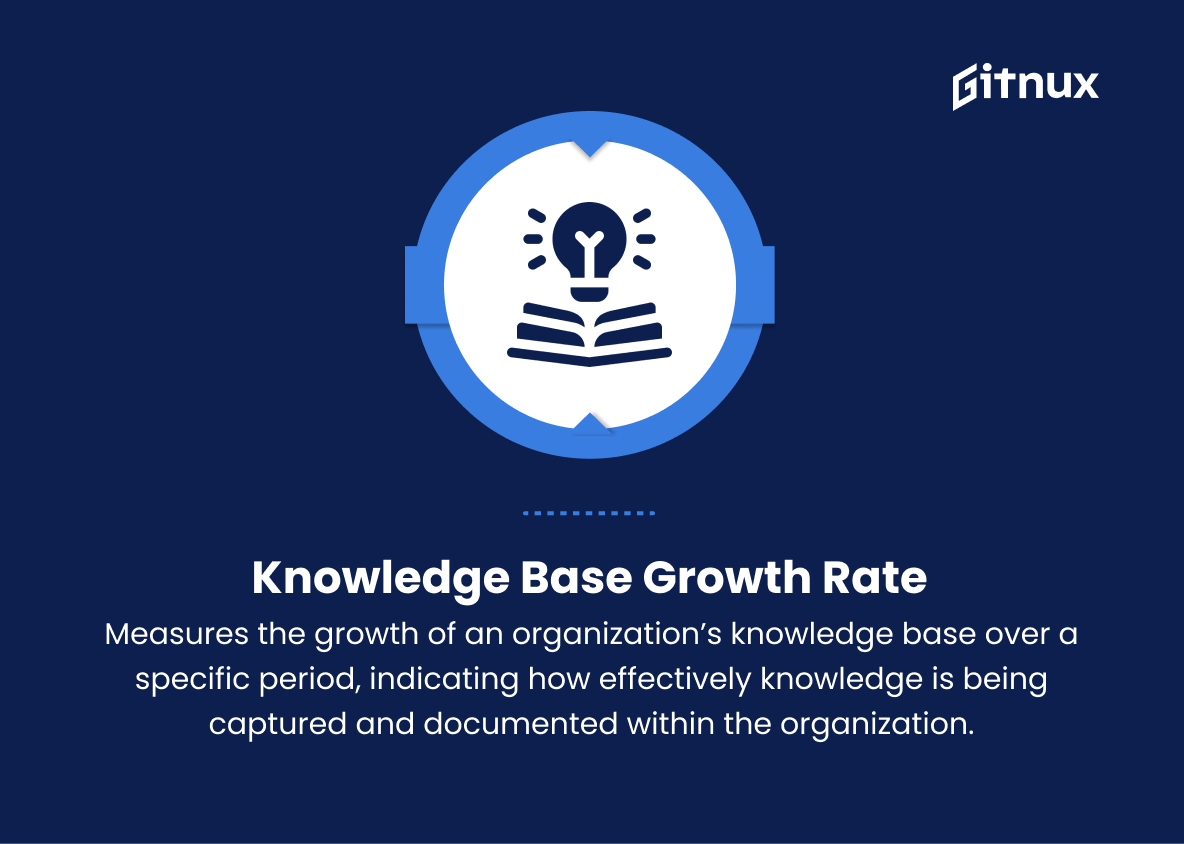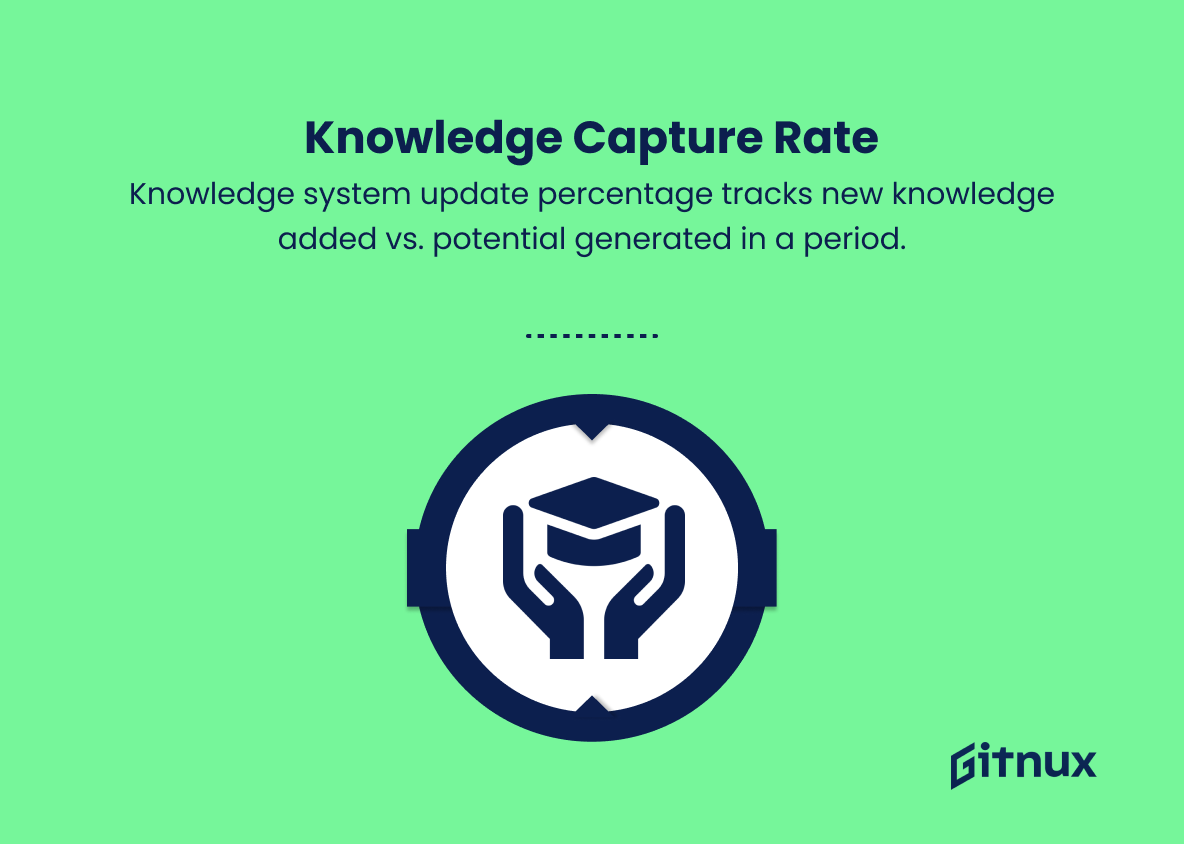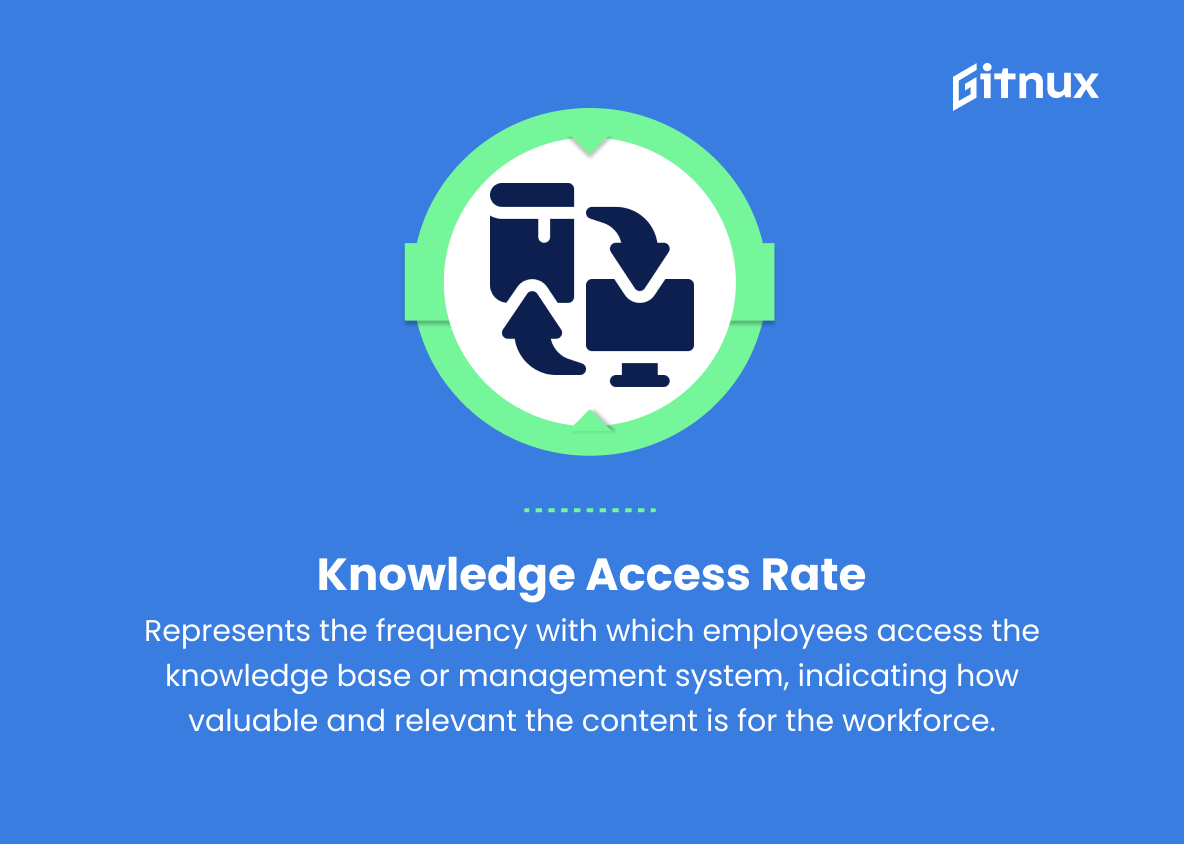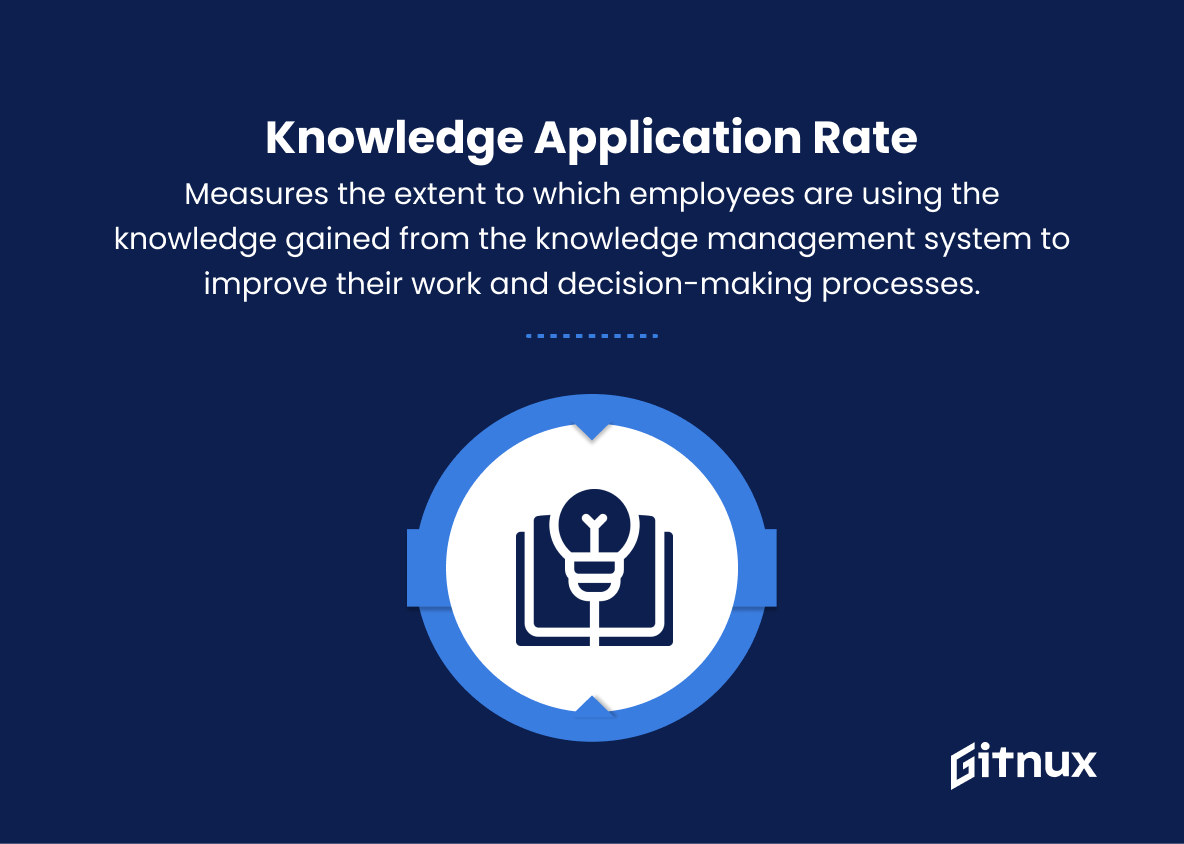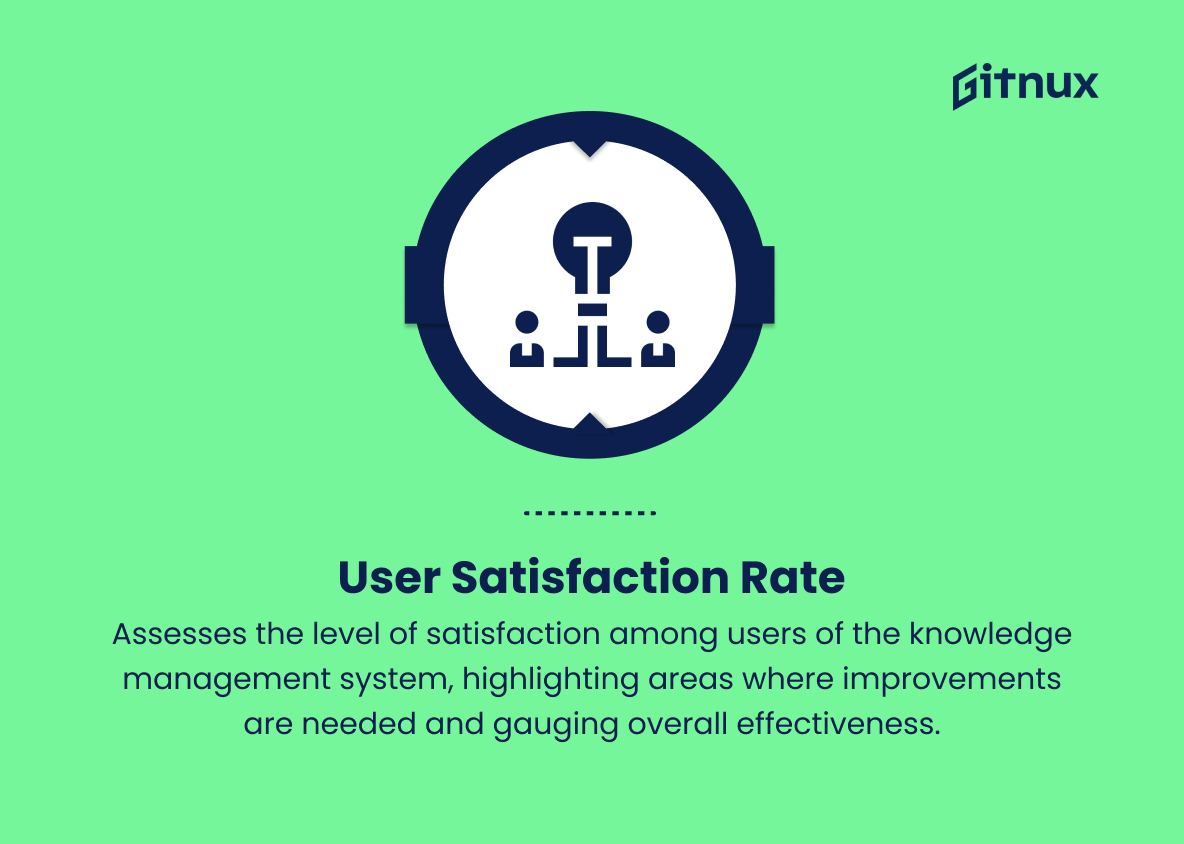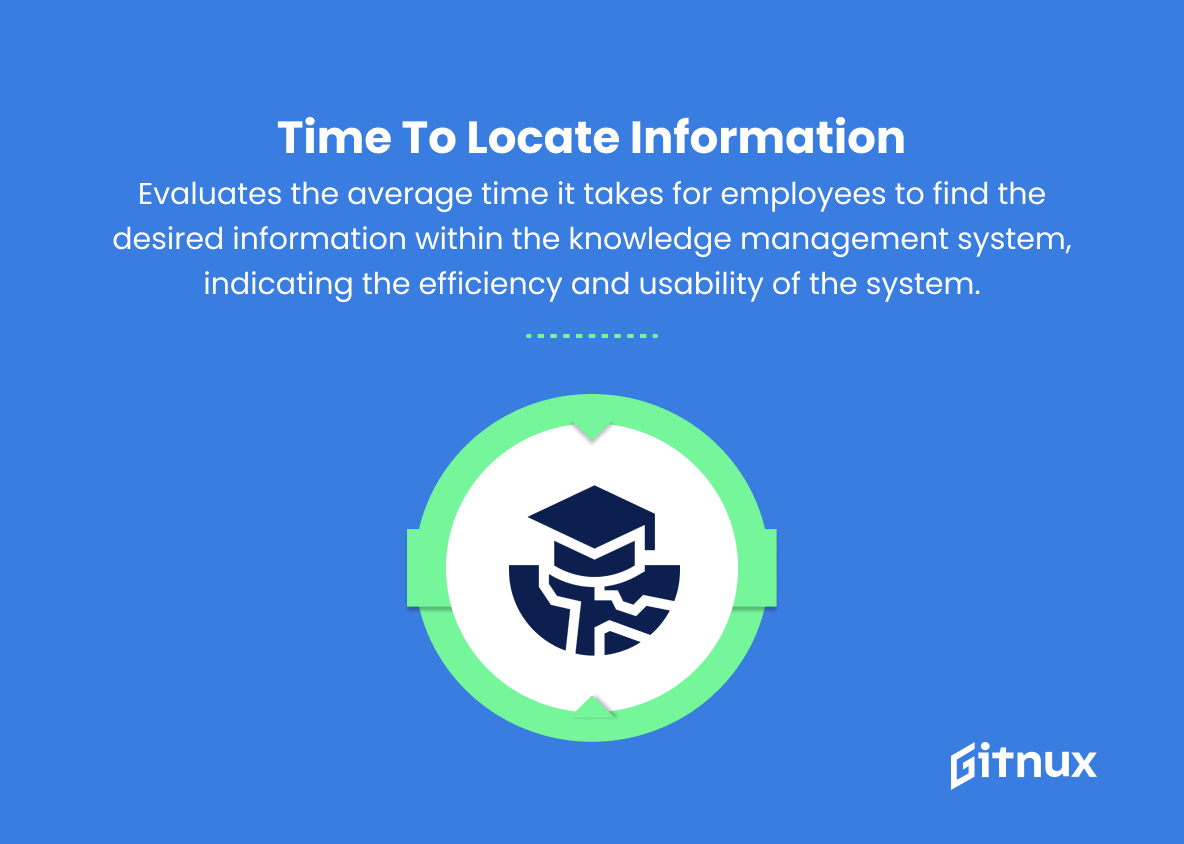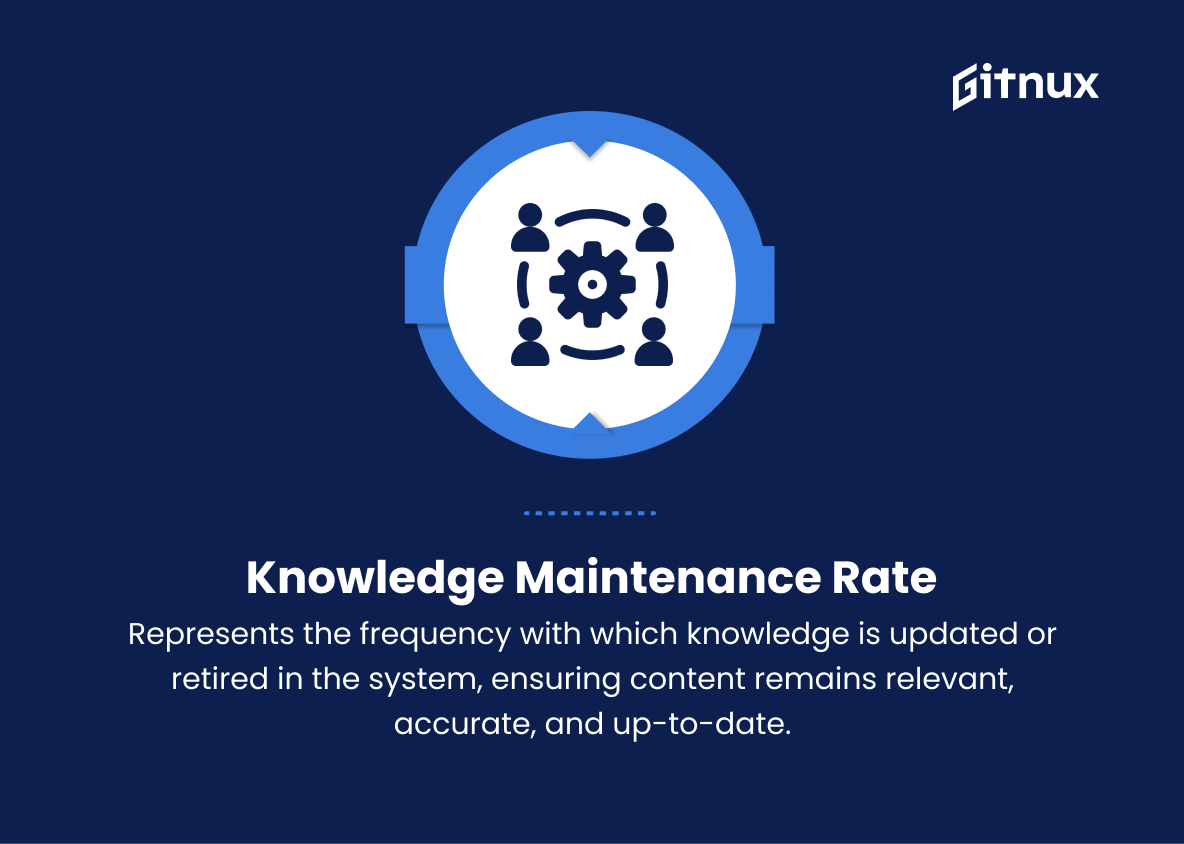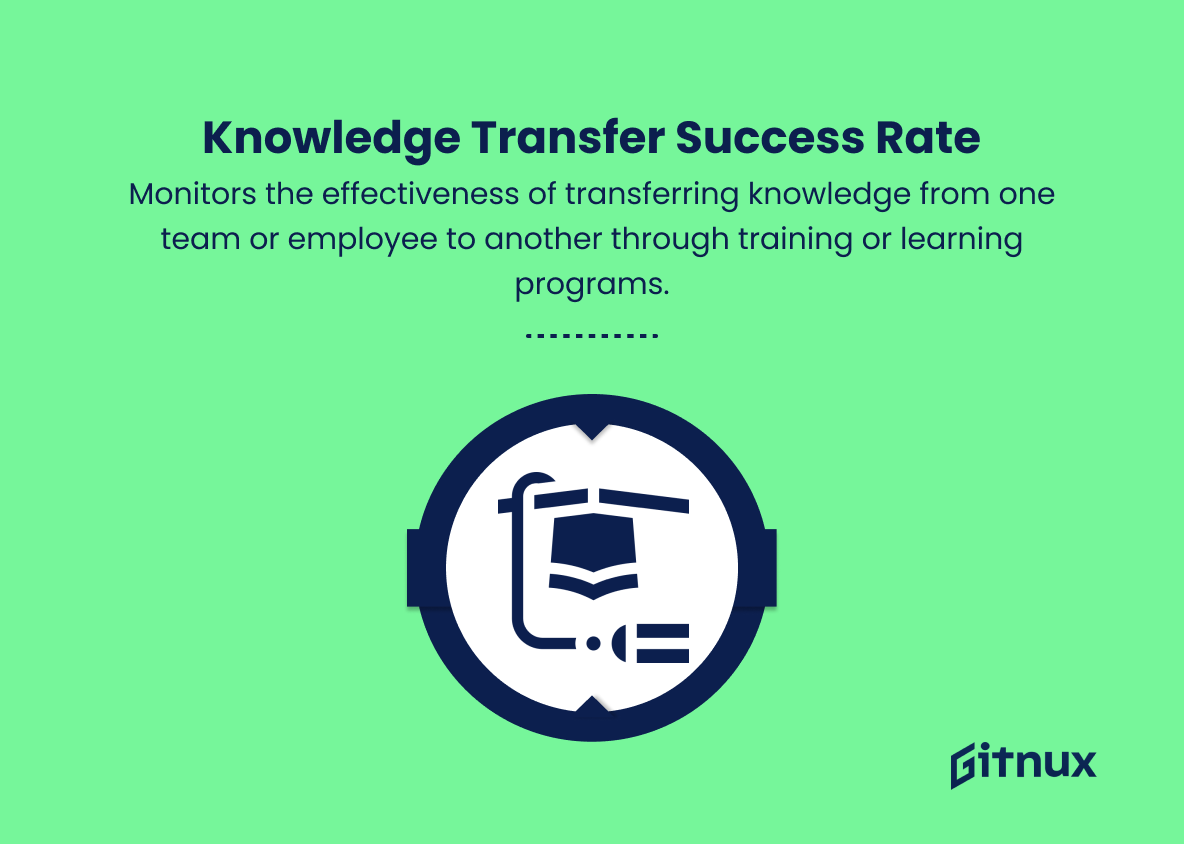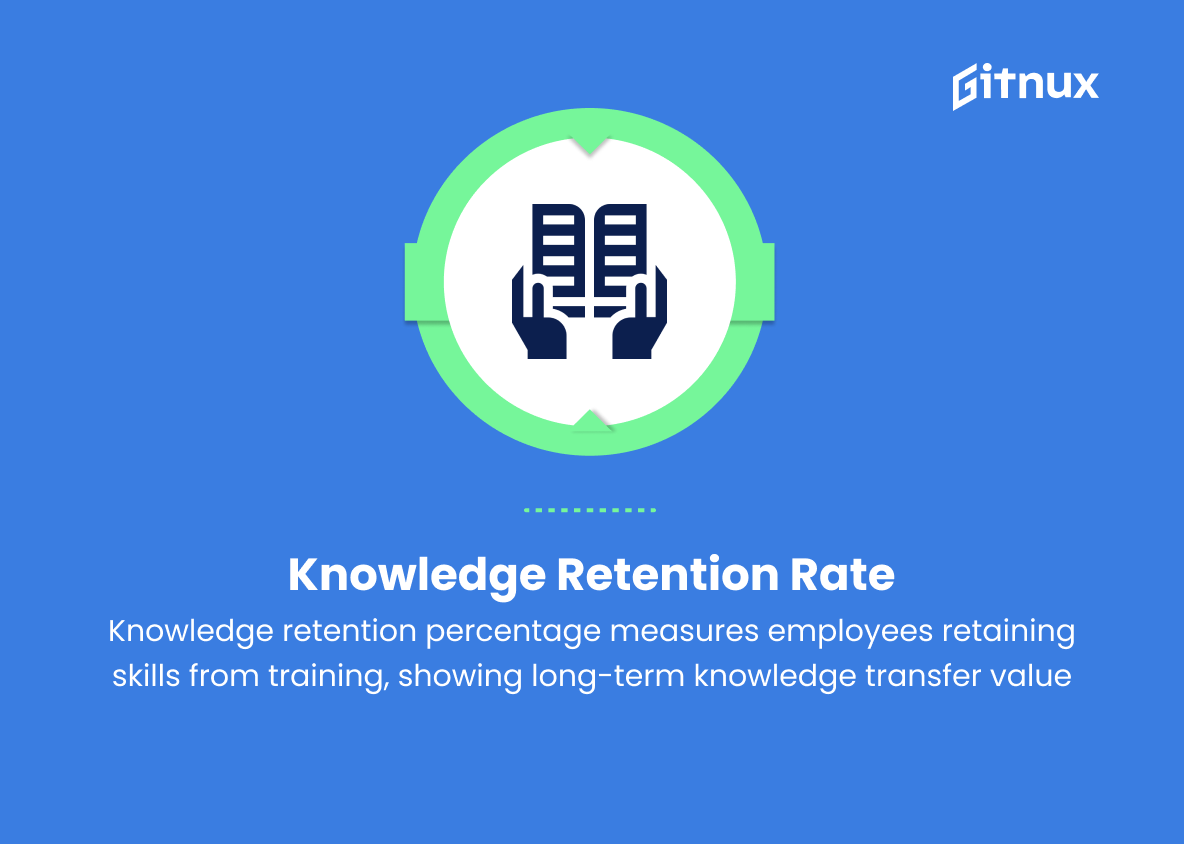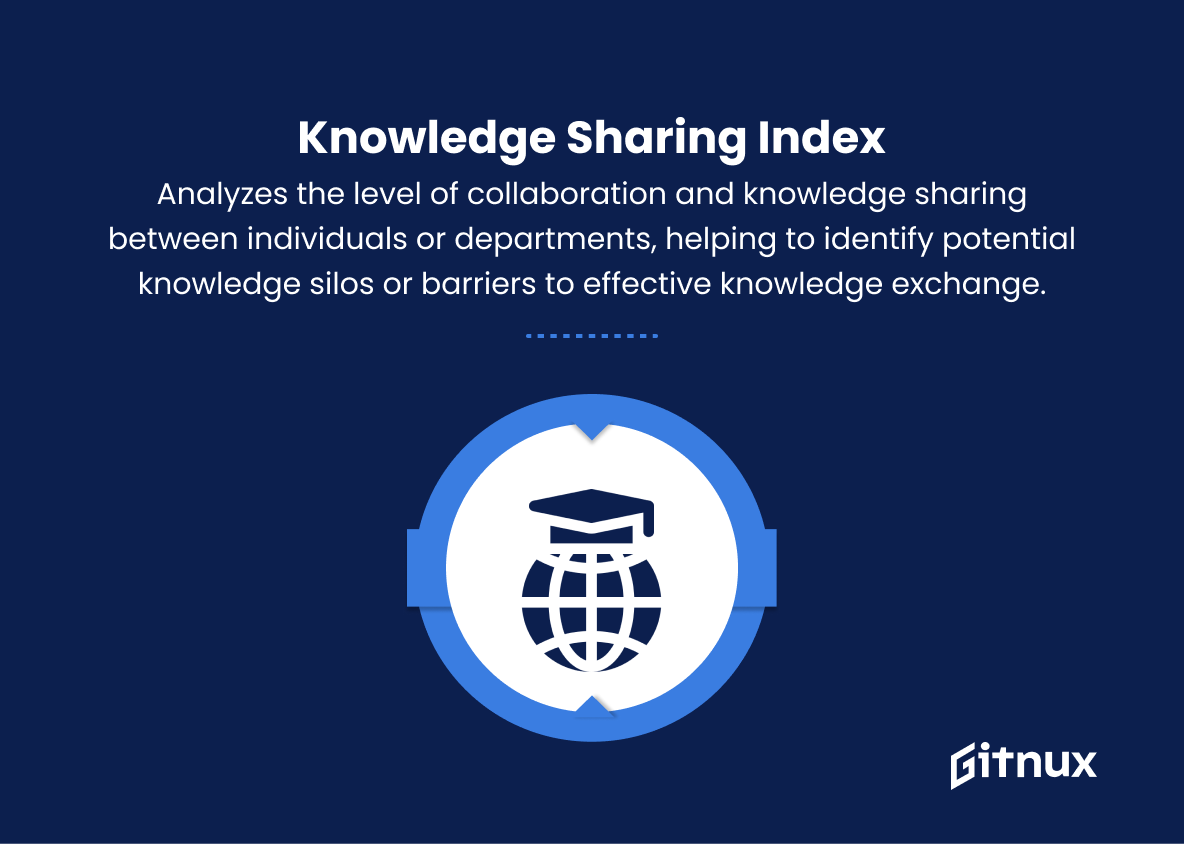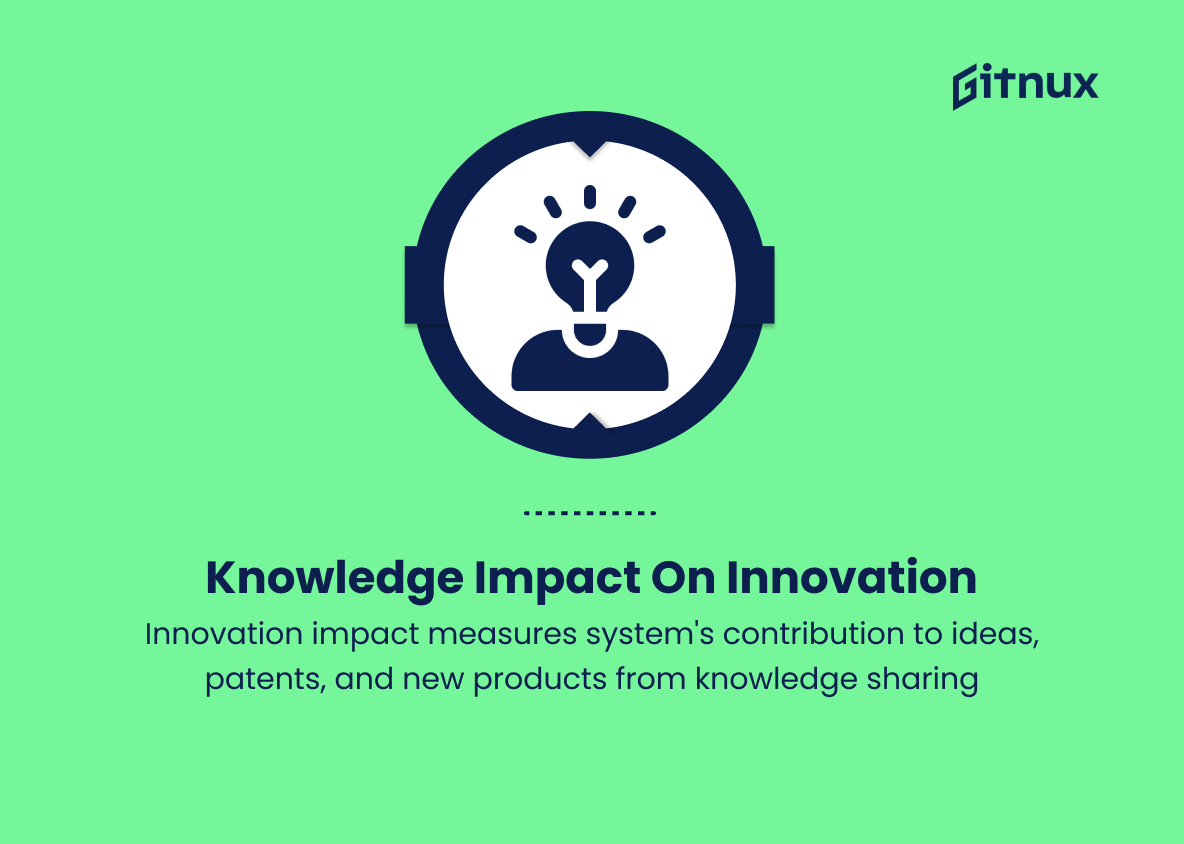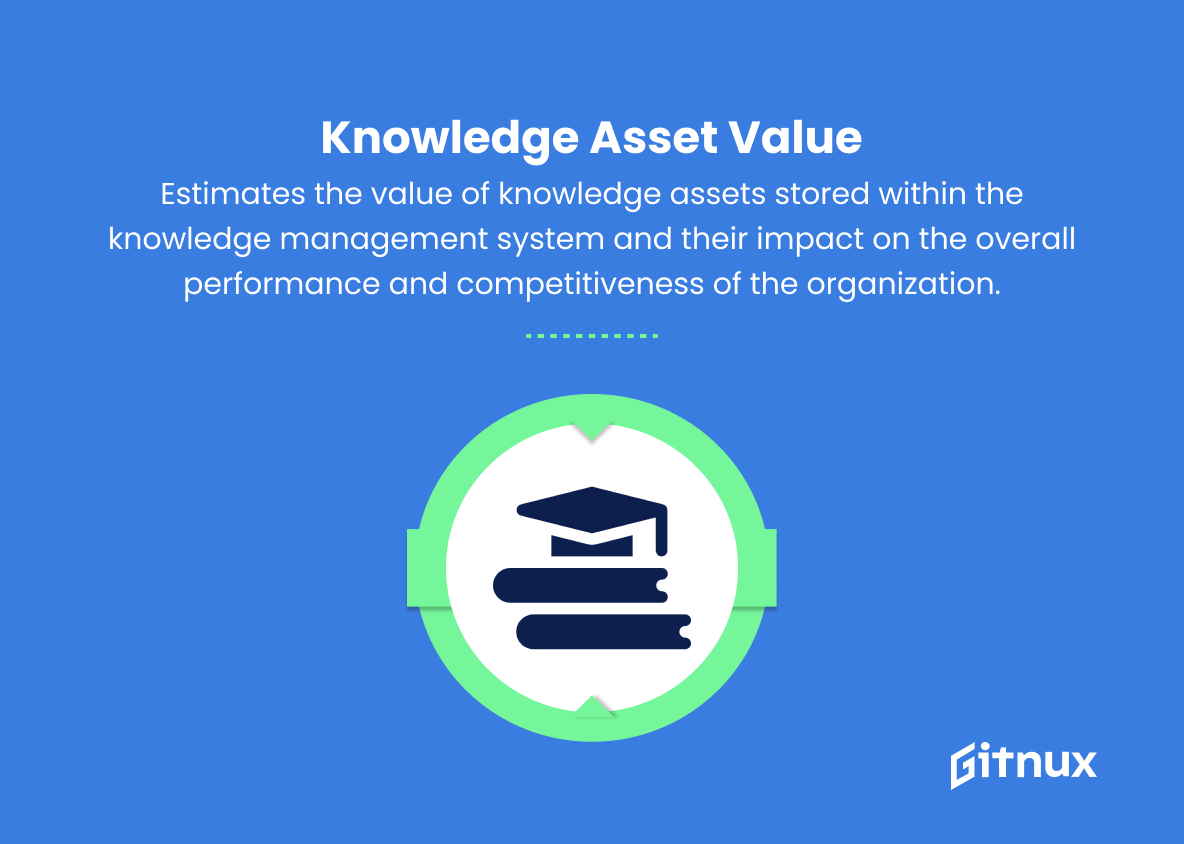In today’s rapidly evolving business landscape, efficient and effective knowledge management has become increasingly critical for organizations striving to succeed and innovate. As companies accumulate vast amounts of information on a daily basis, tapping into this wealth of knowledge enables organizations to make smarter decisions, improve collaboration, and increase productivity. A key component to harnessing the power of knowledge management is identifying and tracking relevant key performance indicators (KPIs).
In this blog post, we explore the essential KPIs of knowledge management and how they can drive growth by enabling organizations to accurately assess their knowledge management strategies, pinpoint areas for improvement, and demonstrate the impact of knowledge management initiatives on overall business performance. With keen insight and practical advice, we aim to equip you with the tools you need to build a comprehensive and results-oriented knowledge management system that is tailored to your organization’s unique needs.
Knowledge Management KPIs You Should Know
1. Knowledge Base Growth Rate
Measures the growth of an organization’s knowledge base over a specific period, indicating how effectively knowledge is being captured and documented within the organization.
2. Knowledge Capture Rate
Indicates the percentage of new knowledge and information being collected and added to the knowledge management system compared to the total potential knowledge generated over a specific period.
3. Knowledge Access Rate
Represents the frequency with which employees access the knowledge base or management system, indicating how valuable and relevant the content is for the workforce.
In today’s rapidly evolving business landscape, efficient and effective knowledge management has become increasingly crucial for organizations striving to succeed and innovate.4. Knowledge Application Rate
Measures the extent to which employees are using the knowledge gained from the knowledge management system to improve their work and decision-making processes.
5. User Satisfaction Rate
Assesses the level of satisfaction among users of the knowledge management system, highlighting areas where improvements are needed and gauging overall effectiveness.
6. Time to Locate Information
Evaluates the average time it takes for employees to find the desired information within the knowledge management system, indicating the efficiency and usability of the system.
7. Knowledge Maintenance Rate
Represents the frequency with which knowledge is updated or retired in the system, ensuring content remains relevant, accurate, and up-to-date.
8. Knowledge Transfer Success Rate
Monitors the effectiveness of transferring knowledge from one team or employee to another through training or learning programs.
9. Knowledge Retention Rate
Measures the percentage of employees that retain the critical knowledge and skills learned from training or learning initiatives, indicating the long-term value of knowledge transfer within the organization.
Knowledge Management KPIs play a crucial role in ensuring an organization’s competitive advantage by promoting effective knowledge capture, sharing, and application.10. Knowledge Sharing Index
Analyzes the level of collaboration and knowledge sharing between individuals or departments, helping to identify potential knowledge silos or barriers to effective knowledge exchange.
11. Knowledge Impact on Innovation
Determines the contribution of the knowledge management system to the organization’s innovation process, measuring the number of ideas, patents, or new products/services developed as a result of knowledge sharing and application.
12. Knowledge Asset Value
Estimates the value of knowledge assets stored within the knowledge management system and their impact on the overall performance and competitiveness of the organization.
13. Return on Investment (ROI) for Knowledge Management
Calculates the financial returns from knowledge management initiatives by evaluating the cost savings, efficiency improvements, or revenue generation related to the knowledge management system.
Knowledge Management KPIs Explained
Knowledge management KPIs play a critical role in ensuring an organization’s competitive advantage by promoting the effective capture, sharing, and application of knowledge. The Knowledge Base Growth Rate and Knowledge Capture Rate measure the organization’s ability to accumulate and document information. The Knowledge Access Rate and Knowledge Application Rate provide insight into the practical use of this information by employees, while the User Satisfaction Rate and Time to Find Information indicate the efficiency and usability of the system.
The Knowledge Maintenance Rate and Knowledge Transfer Success Rate highlight the importance of regular updates and training in maintaining a healthy knowledge ecosystem. The Knowledge Retention Rate and Knowledge Sharing Index assess how well employees internalize and collaborate with this knowledge. In addition, Knowledge Impact on Innovation and Knowledge Asset Value demonstrate the tangible benefits of effective knowledge management, such as business growth and increased competitiveness.
Finally, the Return on Investment (ROI) for Knowledge Management helps validate and support the investment in knowledge management initiatives by revealing the financial gains and improvements achieved through its implementation.
Conclusion
Finally, implementing and tracking knowledge management KPIs is a critical step in understanding the health and progress of your organization’s knowledge management system. These KPIs not only provide insight into the effectiveness of your employees in capturing, sharing, and leveraging the organization’s knowledge, but also serve as a benchmark for future improvements.
By identifying the KPIs that align with your organization’s goals, you can make data-driven decisions that improve overall productivity, foster innovation, and support a thriving knowledge-sharing culture. Remember, as the business landscape continues to evolve, so should your knowledge management KPIs. Embrace change, prioritize learning, and drive success through effective knowledge management practices.
